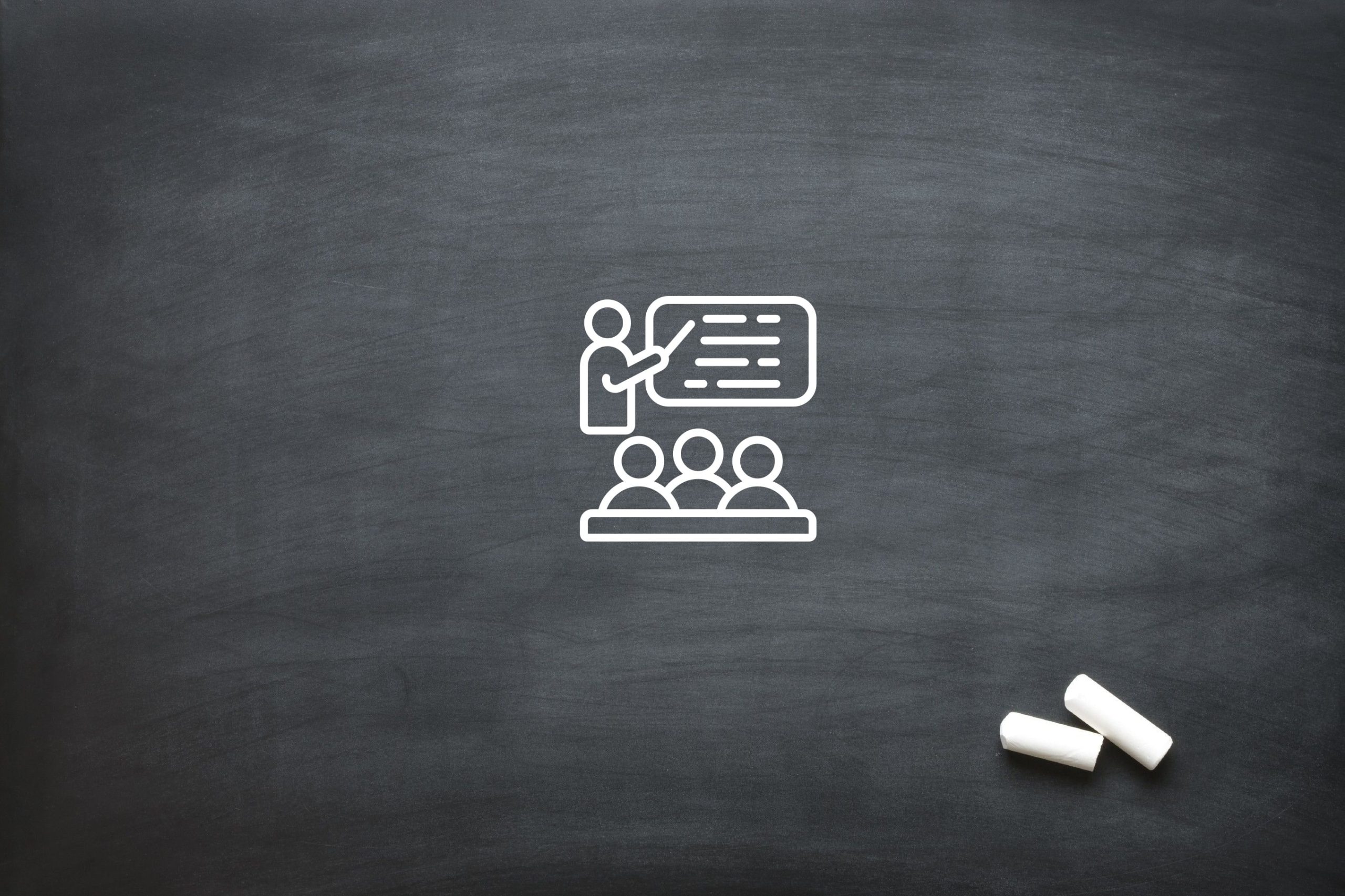
How LMS Supports Remote and Hybrid Learning
The rapid evolution of education in recent years has accelerated the demand for flexible, accessible, and effective learning solutions. The learner management system has emerged as a cornerstone in this transformation, empowering educators and learners to bridge the gap between physical classrooms and digital spaces. By delivering a comprehensive platform for teaching, collaboration, assessment, and analytics, these systems are redefining how education is delivered, especially in remote and hybrid models where flexibility and engagement are paramount.
A learner management system is not merely a repository for content but a dynamic environment that adapts to the needs of diverse learners and teaching styles. It offers the structure and tools needed to replicate—and often enhance—the traditional classroom experience, while overcoming barriers of distance, time zones, and connectivity. As education continues to adopt hybrid approaches combining in-person and online learning, the role of a learner management system becomes increasingly vital in supporting inclusive, interactive, and personalised education for all.
Virtual Classroom Integration
One of the most significant ways a learner management system supports remote and hybrid learning is through virtual classroom integration. This feature facilitates live, synchronous sessions that mirror traditional face-to-face interactions, allowing educators to conduct lectures, discussions, and group activities in real-time. By incorporating tools such as video conferencing, screen sharing, and interactive whiteboards directly within the LMS, educators can maintain engagement and foster a collaborative environment despite physical distance.
The integration of virtual classrooms within the learner management system ensures that learners benefit from immediate feedback, question-and-answer sessions, and peer interactions—all critical components of effective teaching and learning. This synchronous approach complements asynchronous content by providing scheduled touchpoints where learners can connect, clarify concepts, and participate actively, which is especially important for subjects requiring direct instruction or lively debate.
Asynchronous Learning Support
Complementing synchronous learning, a robust learner management system excels in providing asynchronous learning capabilities. This approach empowers learners to engage with course content at their own pace, fitting their education around personal commitments, work schedules, or different time zones. Materials such as pre-recorded lectures, reading resources, quizzes, and discussion boards remain accessible 24/7, ensuring continuous learning opportunities beyond scheduled class times.
Asynchronous learning also encourages deeper reflection and self-directed study, allowing learners to revisit complex topics and progress based on their individual needs. For educators, this flexibility means they can design comprehensive courses that cater to varied learning styles and levels, making education more inclusive and adaptable. The learner management system’s ability to centralise and organise this content ensures ease of access and smooth navigation, key factors for successful remote learning.
Collaboration Tools
Interaction and collaboration are foundational to the learning process, and a learner management system addresses this need by providing a suite of collaborative tools. Discussion forums, group projects, peer review options, and real-time chat functions foster a sense of community among remote and hybrid learners. These features not only promote academic discourse but also help learners develop critical communication and teamwork skills, which are essential in both academic and professional settings.
In environments where face-to-face contact is limited, these collaboration tools mitigate isolation and encourage social learning, enabling students to share ideas, solve problems collectively, and support one another. Furthermore, educators can monitor these interactions within the learner management system to identify active participants and those who may need additional encouragement, enhancing overall engagement and retention.
Mobile Accessibility
In an era dominated by smartphones and tablets, mobile accessibility within a learner management system is crucial for expanding learning opportunities beyond the confines of traditional devices. Mobile-friendly interfaces allow learners to access lectures, submit assignments, participate in discussions, and receive notifications on the go, supporting a truly flexible learning experience that fits into busy, varied lifestyles.
This mobility is especially beneficial for remote learners who might not have constant access to a computer or prefer learning in different environments, such as during commutes or breaks. Additionally, mobile compatibility often includes offline functionality, enabling users to download course materials and continue studying without internet access, a vital feature for learners in areas with limited connectivity.
Progress Tracking and Analytics
A comprehensive learner management system offers powerful tools for tracking learner progress and analysing engagement data. Instructors gain valuable insights into individual and group performance through dashboards that highlight completion rates, quiz scores, time spent on modules, and participation in activities. This data-driven approach allows educators to identify learners who may be struggling and intervene proactively with tailored support.
For learners, access to their own performance metrics encourages self-regulation and motivation by making progress visible and tangible. The ability to set goals, monitor achievements, and receive timely feedback transforms the learning experience into an ongoing, adaptive process. Such detailed analytics also help institutions evaluate course effectiveness and continuously improve educational offerings.
Content Delivery Flexibility
The diversity of learner preferences demands that a learner management system support flexible content delivery methods. Modern LMS platforms accommodate a wide array of multimedia formats—including videos, audio podcasts, infographics, interactive quizzes, and downloadable documents—to engage learners with different learning styles. This multimedia approach enhances comprehension and retention by providing material in formats that resonate best with individual learners.
Moreover, learner management systems enable the creation of adaptive learning paths, where content delivery is personalised based on learner progress, preferences, or assessment results. This tailored approach ensures that learners are neither overwhelmed nor under-challenged, fostering better outcomes and satisfaction. The flexibility in content delivery is a key factor in maintaining learner motivation and accommodating the dynamic nature of remote and hybrid education.
Assessment and Feedback Mechanisms
Assessment within a learner management system extends beyond traditional exams to include diverse methods such as online quizzes, assignments, peer reviews, and interactive activities. These varied tools provide a holistic view of learner understanding and skills development, while automated grading and instant feedback accelerate the learning cycle by promptly informing learners of their performance.
The immediacy and convenience of digital assessments are especially beneficial in remote settings, where physical supervision is limited. Feedback mechanisms embedded in the learner management system not only help learners correct mistakes in real-time but also provide educators with insights to refine course content and teaching strategies. Continuous assessment supported by prompt feedback fosters a more engaging and effective learning environment.
Integration with Communication Platforms
Effective communication underpins successful remote and hybrid learning models, and learner management systems often integrate seamlessly with communication platforms. This integration allows for streamlined interaction via chat, video conferencing, and file sharing without requiring learners and instructors to switch between multiple apps. Such cohesion enhances accessibility and reduces friction in scheduling, notifications, and collaborative work.
These integrations also support resource sharing and synchronous collaboration, enabling learners to participate in virtual meetings, group discussions, and one-on-one tutoring sessions directly through the learner management system. The result is a cohesive, user-friendly environment where communication flows naturally, bridging the gap between isolated learning and active engagement.
Offline Access Features
Recognising that reliable internet connectivity is not always guaranteed, especially for remote learners in underserved areas, learner management systems often include offline access capabilities. This allows learners to download lectures, readings, and assignments in advance, enabling uninterrupted study even without internet access. When connectivity is restored, progress and completed work sync automatically with the system.
This feature significantly enhances equity in education, ensuring that learners are not disadvantaged due to infrastructure limitations. Offline access also supports learners in balancing education with other responsibilities by providing greater control over when and where learning takes place, making education more inclusive and adaptable.
Security and Privacy Controls
The protection of sensitive learner data is a fundamental concern in digital education environments. Learner management systems incorporate rigorous security measures such as encryption, multi-factor authentication, and compliance with data protection laws to safeguard personal information. These controls are essential when learning extends beyond secure campus networks to diverse remote locations.
By maintaining strict privacy and security protocols, learner management systems build trust among users and institutions alike. Ensuring that access to courses and data is appropriately restricted not only protects individuals but also preserves the integrity of educational programmes. This commitment to security underpins the successful adoption and long-term sustainability of remote and hybrid learning.
Learner management systems are pivotal in delivering effective remote and hybrid learning experiences, providing the flexibility, interactivity, and security required for modern education. Their ability to integrate virtual classrooms, support asynchronous learning, foster collaboration, enable mobile and offline access, track progress, deliver diverse content, facilitate assessments, and maintain secure communication make them indispensable tools in today’s educational landscape.
For organisations aiming to implement or enhance a learner management system, partnering with an experienced agency is critical to tailoring solutions that meet unique needs and challenges. At Oliver Karstel Creative Agency, we specialise in creating customised learner management systems that drive engagement and learning success. Contact us to discover how we can help transform your educational offerings with a learner management system designed for the future.






